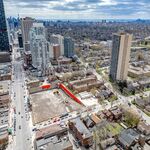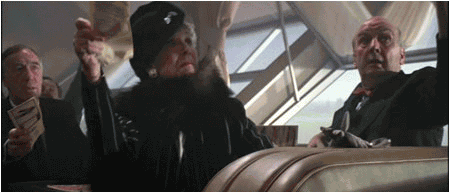Yes, the passenger did pay (or should have paid). But their concern is that since the surface LRT is by POP, s/he could have just walked onto the LRT train and not have paid, and then in the underground section of Sheppard, if the platforms have no barrier the unpaid passenger could get into the rest of the subway system without having paid anything. (this would be like if 510 becomes POP; people boarding on the street can get into the subway for free at the underground loops at Spadina or Union) So some people above are suggesting putting fare gates on the platforms to force people to pay before getting onto the subway. In an ideal world (where TTC uses smartcards that can record previous payments), I suppose the gates would not deduct anything extra and simply act as a barrier. But of course, an argument I would make is that since none of the existing TTC stations with direct transfer have this kind of infrastructure (people can just walk in to any of the bus terminals and get into te subway for free, basically), I don't see the TTC doing this kind of precautionary measures any time soon (unless and until a more rational fare collection system is implemented in Toronto).
In another iteration of an ideal world, where TTC uses smartcards and force people to swipe out of subway stations, this would not be a problem at all because fare evaders who haven't paid when boarding a surface LRT, and transfer to the subway, would not be able to get out of the station. But of course, for Toronto this is just fantasy. (this system, however, would not be able to catch people who board at any of the surface sections, be they Sheppard, Eglinton or perhaps Spadina, then take the subway and transfer to another of these subway-surface lines and get off at the surface; these people could still have paid nothing, but of course, no fare collection system is evasion-proof)





